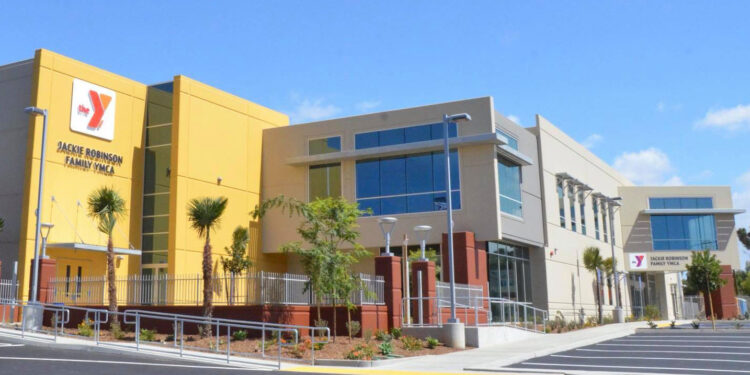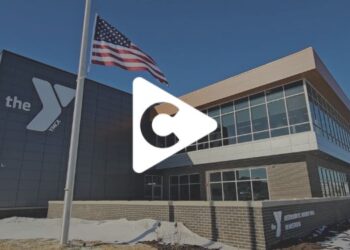The word community is described as “a feeling of fellowship with others as a result of sharing common attitudes, interests and goals.”
Originally built in 1944, the Jackie Robinson Family YMCA went above and beyond to fulfill this sentiment for their members by undergoing a 19-month renovation, resulting in a brand new 45,000-square-foot, full-service facility.
To provide a feeling of fellowship among their members, staff wanted to ensure a clean, safe, efficient and fun environment was met through the renovation. “This requires periodic upgrades throughout the facility, as well as the equipment to help maintain relevance,” said Luis D’Carpio, the vice president of asset, risk management and sustainability at the YMCA of San Diego County in California. “The YMCA is a go-to source for our communities for spirit, mind and body — our facilities need to be the best they can be.”
To be the best, a key aspect and driving force to renovating is providing safety. “Safety is very important and a key reason to renovate,” said Anna Arancibia, the Jackie Robinson Y’s interim executive director. “We need to ensure all equipment is safe and ready to go.”
Previously, the Jackie Robinson Family Y was no stranger to hand-me-down equipment from other Ys and even from the local NFL team, the San Diego Chargers. New equipment was vital to their renovation. “Our latest and full remodel from the ground up has made our community even more appreciative — it has reinvigorated the community and shows our commitment to our underserved area,” elaborated Arancibia.
In addition to new equipment, staff and communication were also crucial to a successful renovation project. “Front-line staff is particularly important to not only help address related questions by our members, but also help with the operational transition during the turnover stage,” described D’Carpio.
Arancibia echoed this sentiment, elaborating the importance of communication and keeping staff informed. “We were intentional about ensuring our staff had the latest updates and talking points so they could respond to member, participant and community questions,” she said.
While staff and communication are important for handling the front-side of a renovation, there are key aspects to ensuring a smoothness on the backside as well. This can involve temporarily placing your staff in surrounding facilities during the process, working closely with design and construction teams, and finding a balance of patience and tenacity.
“Construction can be a big ball of unknown and you have to have patience and understanding when things come up that delay or change the course,” said Arancibia. “Tenacity is important too — you have to ensure to push things through and not just wait around for it to happen. Asking for details and asking, ‘When can we expect this to get done?’ was critical to keep the process moving.”
Lastly, D’Carpio believes the best recommendation for any renovation is evaluating what is needed, versus what would be nice to have. “Determine where ideal construction windows fall in relation to day-to-day activities and major facility events and include time in the schedule for impacts out of your control, like permitting,” he said. “It is also vital to include a contingency plan for unforeseen changes or modifications that could occur when you demolish or modify ceilings and walls, etc.”
Photos courtesy of the Jackie Robinson Family YMCA




















